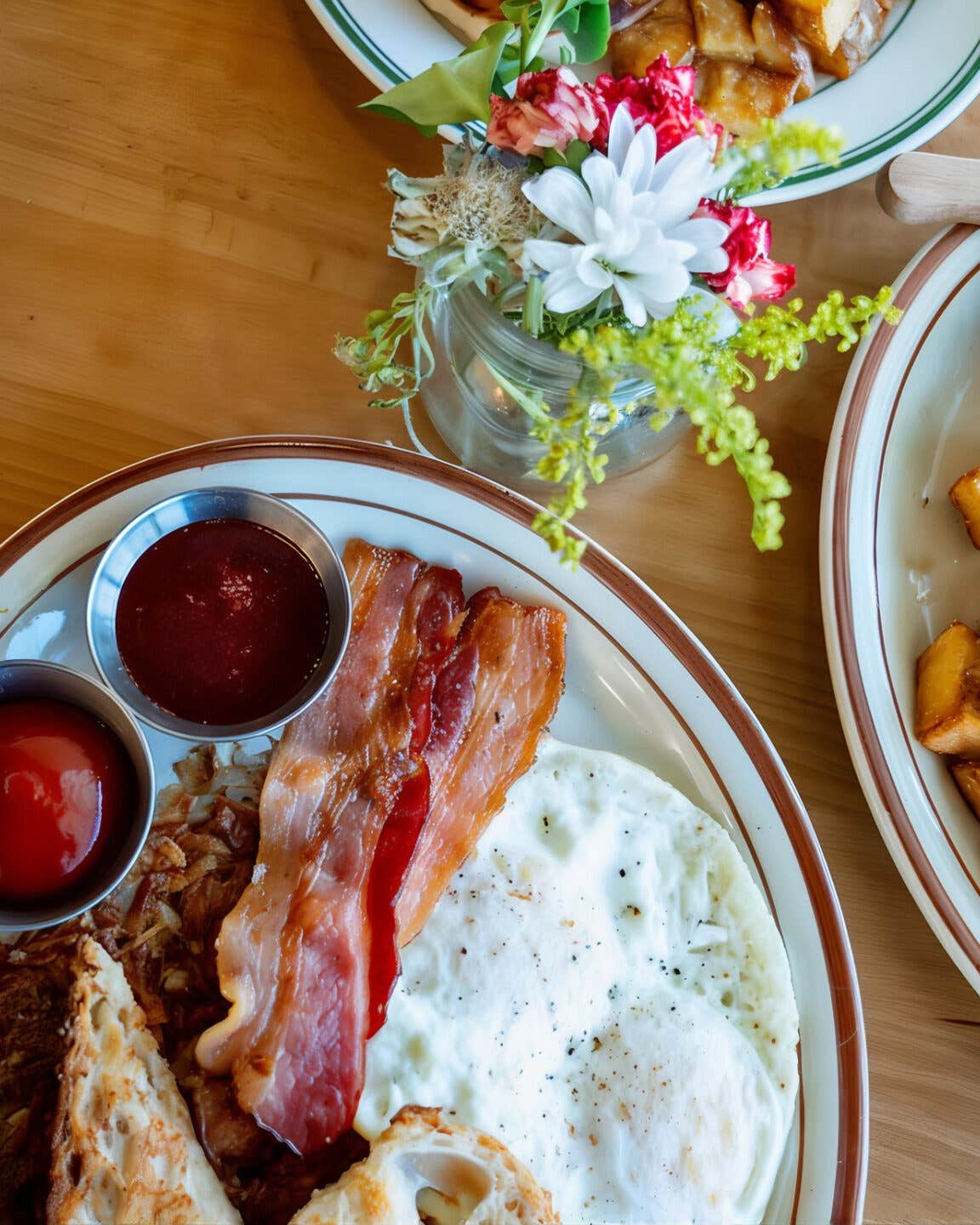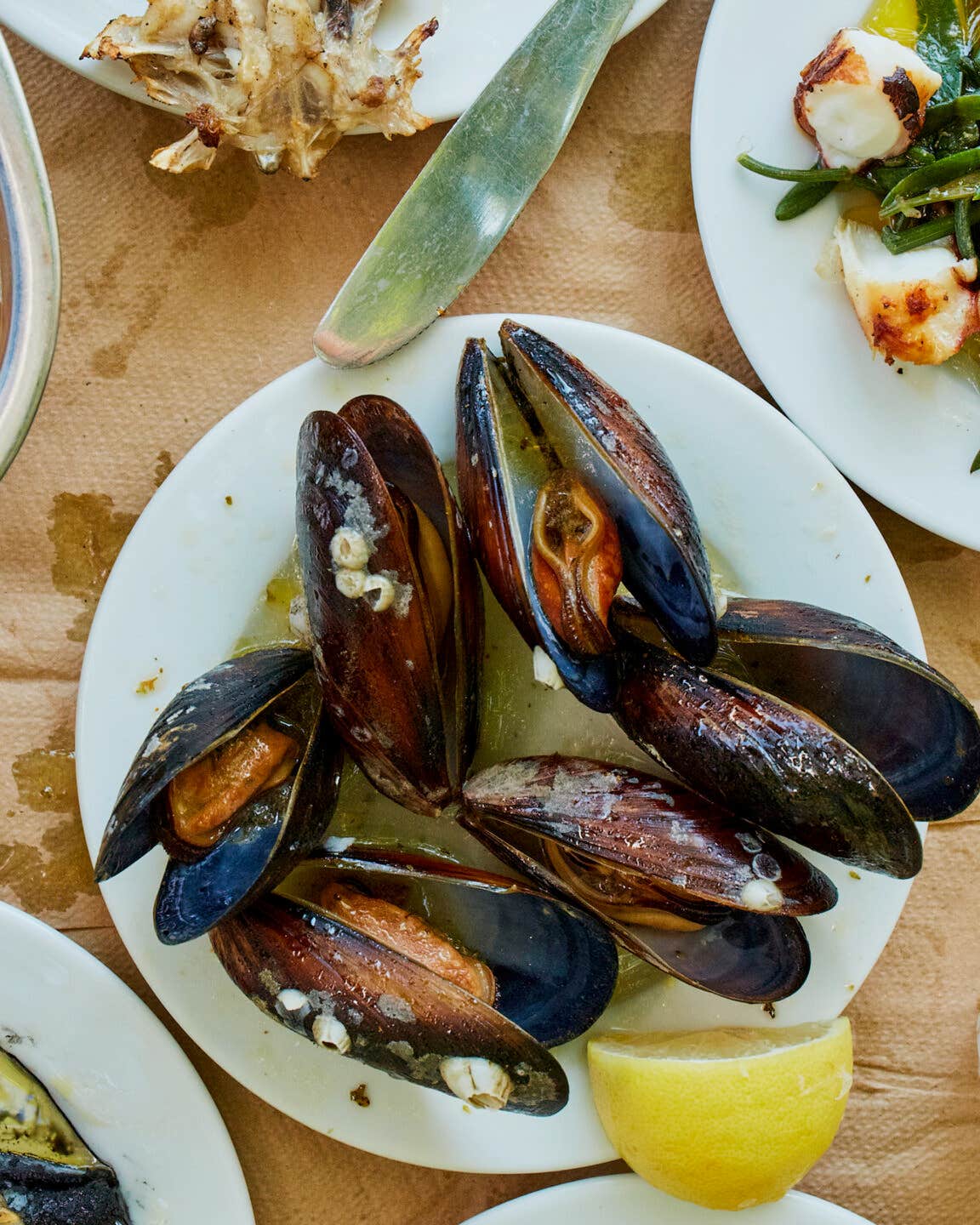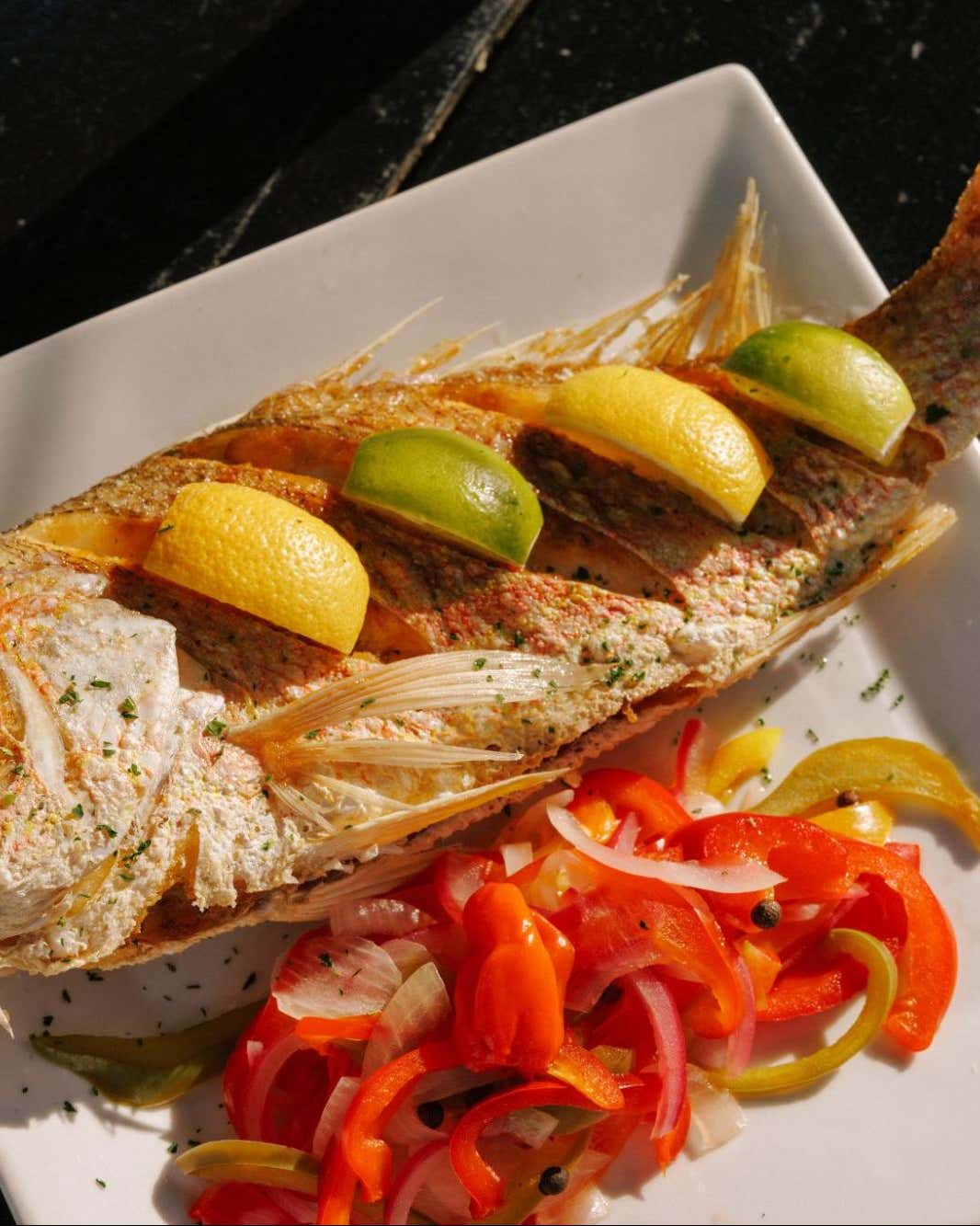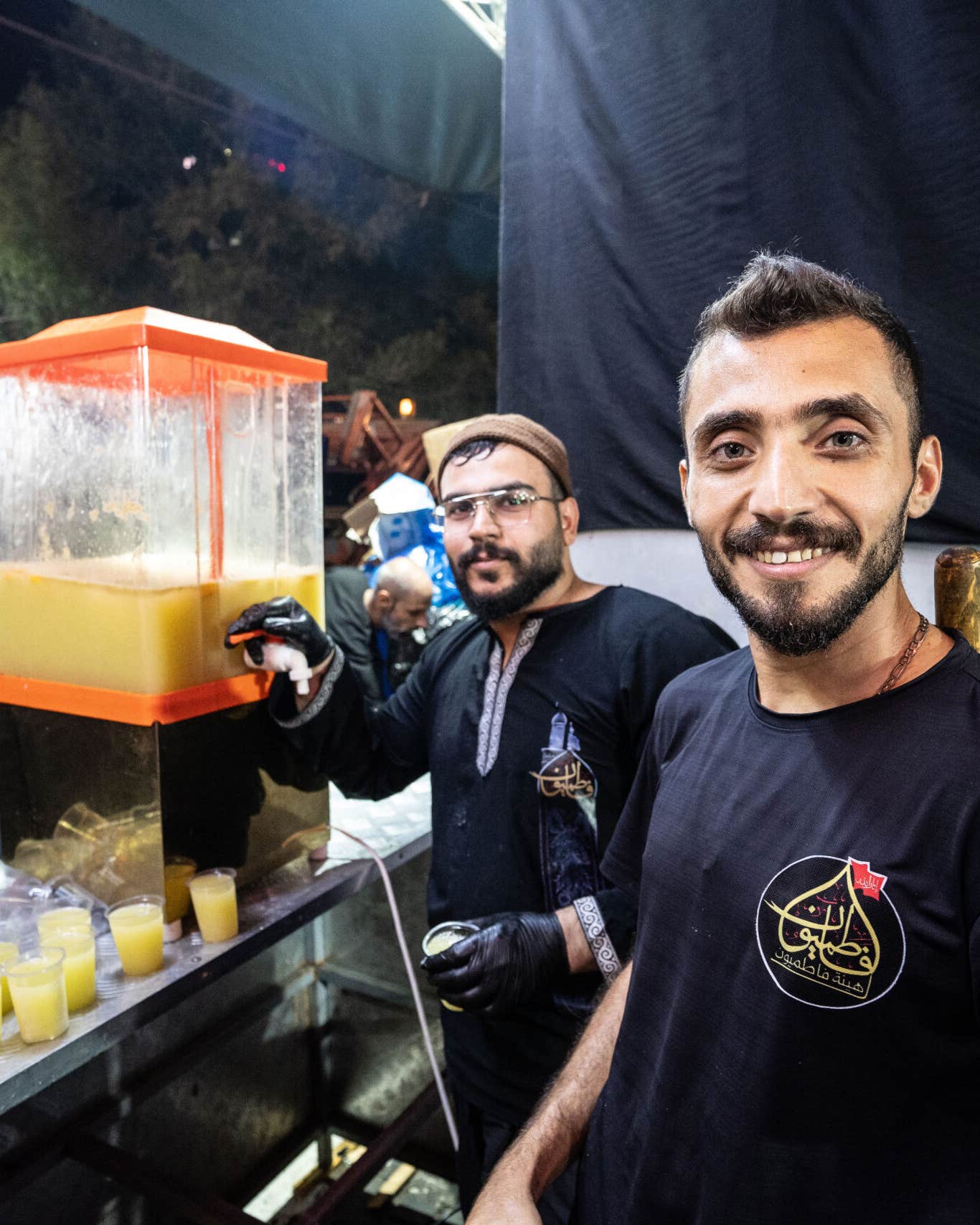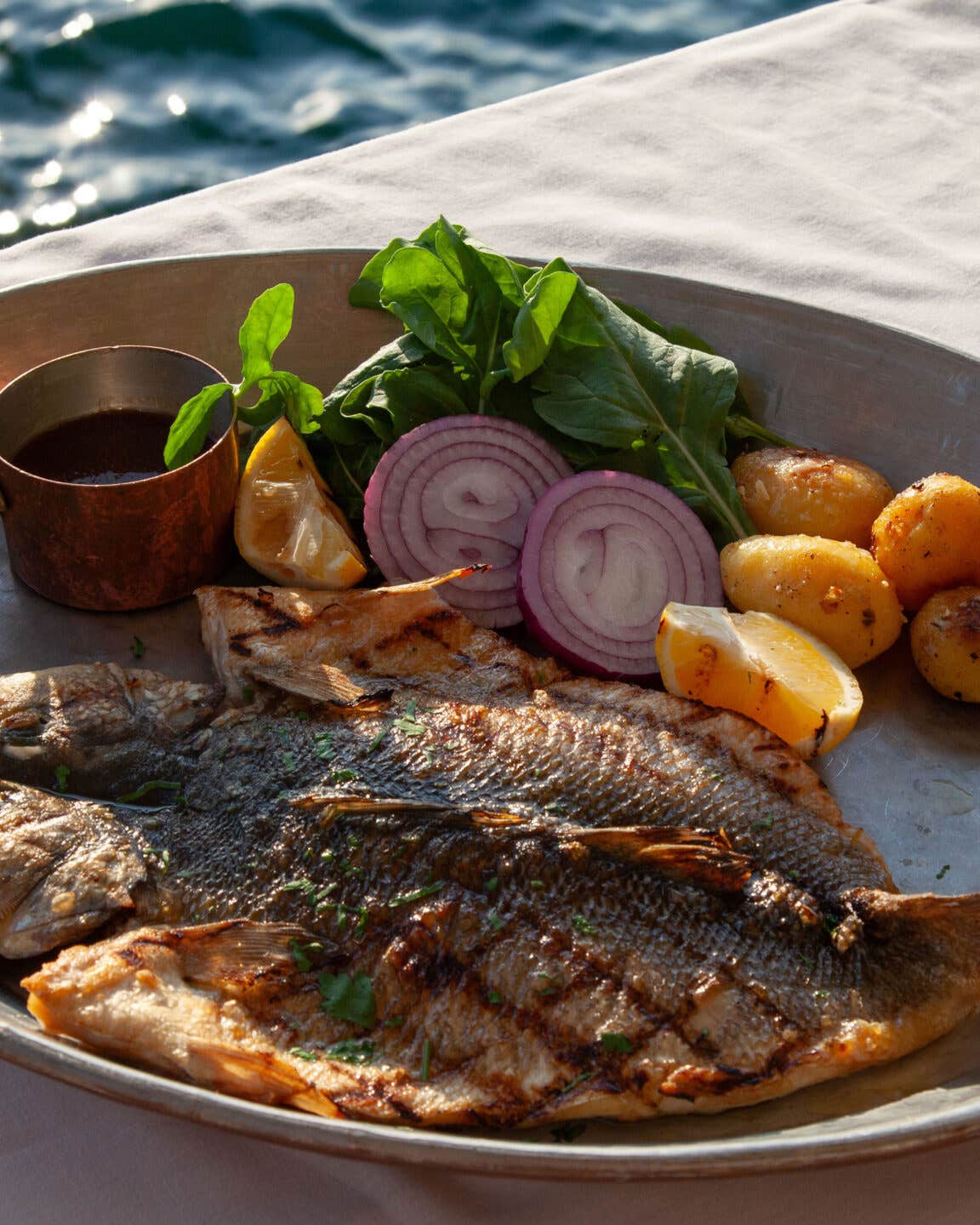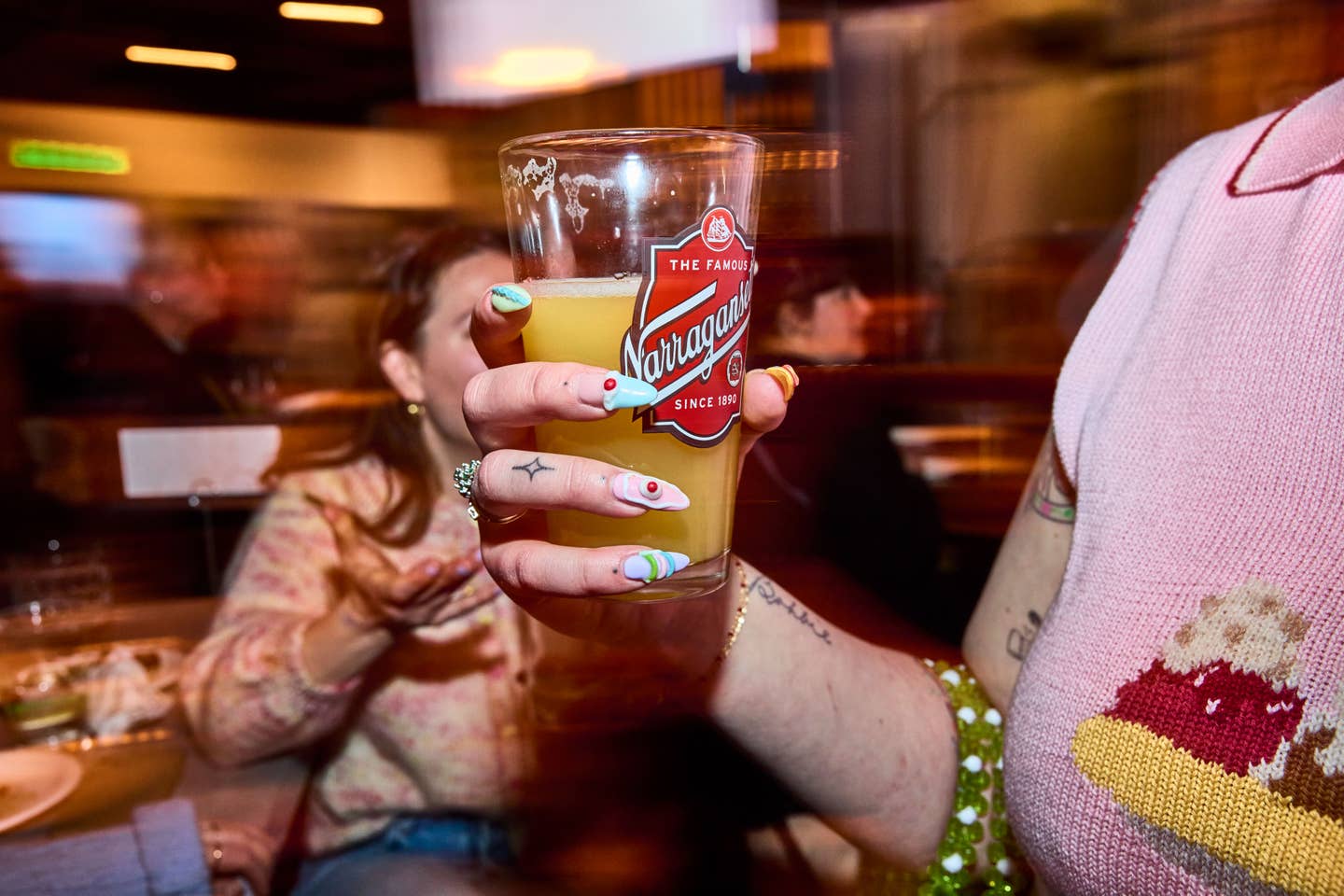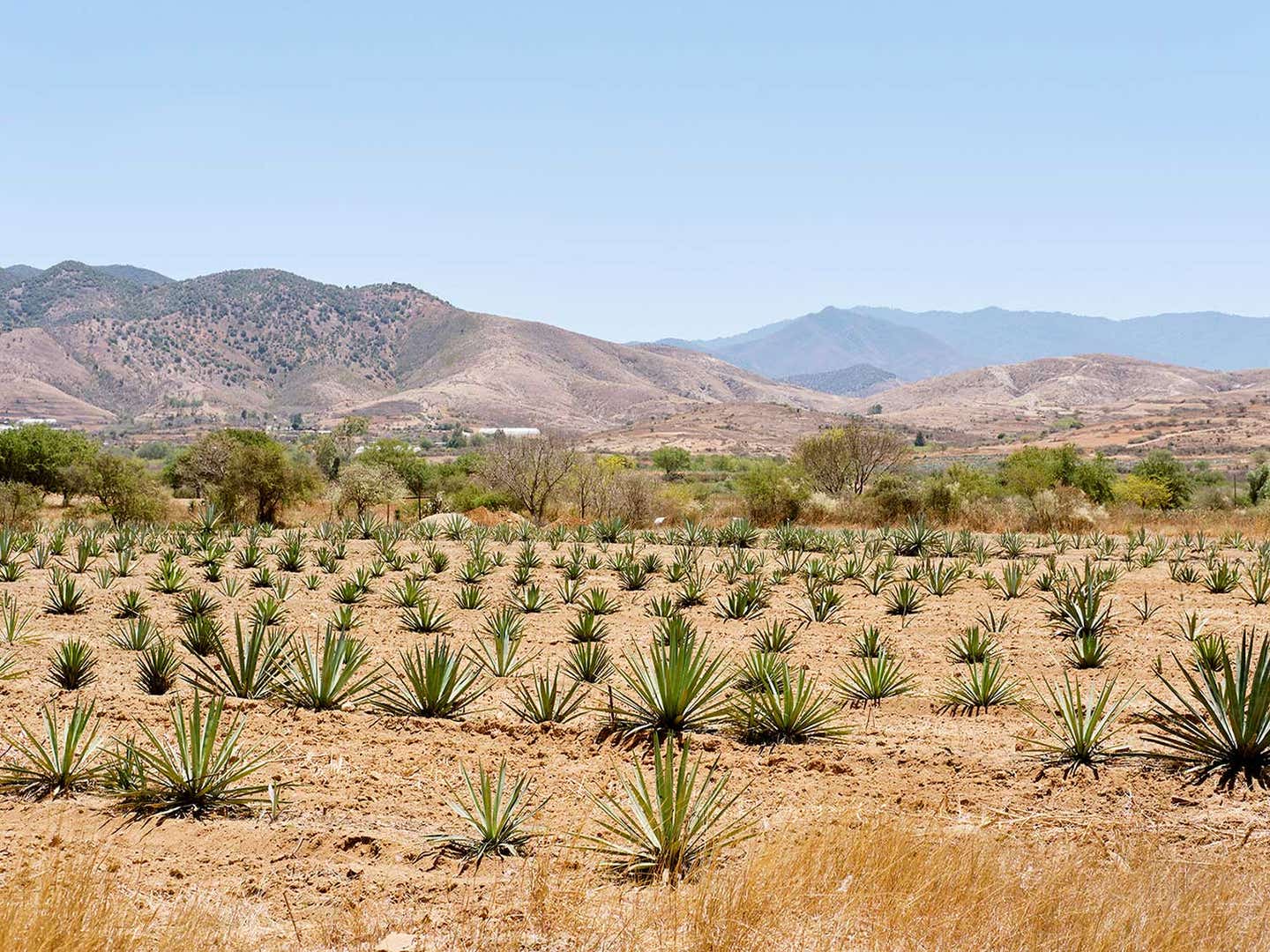
What Does the Future of Mezcal Look Like in Mexico?
As international demand surges, preserving the tradition of mezcal is more challenging than ever
Mezcal is a daunting world to enter: the range of flavors, the fact that there’s 46 different maguey species used to distill it, the traditions and history. But so much of what is known about mezcal has been twisted by marketing, and the majority of bottles are a weak version made by a few industrial producers like Zignum and Beneva, to name just two, whose factories loom outside Santiago Matatlán. These producers traffic in volume by using machines and automated processes adopted from tequila, as well as harvesting agave before they’re mature.
In Mexico, these industrial mezcals account for a majority of the market and are low in alcohol to appeal to the mass consumer—traditional mezcal is usually around 50% alcohol. Master mezcalera Sósima Olivera, who heads the co-operative FaneKantsini, says the complicated and expensive certification process to use the word "mezcal," which involves lab testing and a mountain of paperwork, favors large businesses over traditional producers, so many don't bother, and now you'll see on small-batch labels "aguardiente de agave" or "destilado de agave." "The difference between a destillado de agave and a mezcal is nothing but bureaucracy. You just have to pay to call it mezcal," says Olivera.

Mezcal’s increasing popularity around the globe threatens the supply of maguey that can take up to 30 years to grow, and the capitalist ambitions of outsiders puts at risk the traditions and structures of the small towns and families that keep the spirit of mezcal alive. “There’s two ways to destroy a product,” says Eduardo ‘Lalo’ Angeles. “The people destroy it, or allow it to be destroyed; or others come and help to destroy it.” Angeles is always on the run, distilling, planting, teaching, advocating, and racing to preserve this tradition by refining techniques and supporting his community. What few understand, he explains, is that for farmers, mezcal has always come second to the milpa, the ancient technique of sowing maize, beans, and squash together. “The rural life is, at its base, associated with maize,” he says. “The production of mezcal was just seasonal. In the dry season, after the maize harvest, then they made mezcal.” His operation, Lalocura, in Minas, is in the minority of traditional producers—he estimates 5%—where mezcal is actually the primary product. “A new wave has to come, more conscious, wanting to make a different business dynamic,” says Angeles. “It’s worth the fight, because if not, then it’ll be destroyed like tequila.”

His mezcals are prized for their clean depths, which are produced through a rigorous process. For instance, it's rare for producers, both big and small, to take the extra step of sorting and removing the blue and orange mold that grows on the piñas as they rest after having been cooked in a stone and earth oven. Some think these hongos add an interesting lactic, wet-cheese note, but Angeles sees it as a defect that distracts from the maguey itself.

Thankfully, mezcal's popularity has offered more opportunities for younger generations to be involved, a crucial component of the industry's future in Mexico. In Angeles's palenque, the name traditionally used for where mezcal is made, the workers, as they are elsewhere, are young men, with an average age of 28. Most of Angeles's generation, however, emigrated. It's hard to find anyone in their 30s and 40s. The root cause was not a lack of work, but a terrible drought, says Angeles. No water meant no maize and a breakdown of the whole system—the U.S. is now full of master mezcaleros. Unfortunately, drought seems to be the new normal, as there's been little rain the last two years. Lalo says only 10% of the town's milpas were planted this year because of the drought, endangering families' food supply.

While more youth are learning to make mezcal, it doesn’t necessarily mean they’re learning about the land, says Graciela Angeles, Lalo’s sister and the head of Real Minero mezcal. “The main link to maintain between the world and mezcal is with the land. If you’re not connected to the land, you’re like a kite. What makes a complete mezcalero for me is this link to the land.”
At Real Minero, they laboriously cultivate 14 different maguey species from seeds in the nursery. Agaves can reproduce through offshoots called hijuelos, like transplanting cuttings from a succulent, or seeds. Seeds take more time but typically create better plants, as they contain more genetic diversity, whereas cuttings create clones. The biodiversity comes from the accidental hybrids created through the bats, bees, and hummingbirds cross-pollinating different species. A year after sowing the seeds in the nursery, they plant them in the fields. Ten or twenty years later they harvest them. It is a challenge to make business decisions based on such timelines and uncertainties. And this is where mezcal becomes incompatible with market growth and profit. How do you plan? What do you plant?
As an example, Graciela explains that a business bought 100 hectares of land in Minas, land that she was in love with, full of wild, beautiful karwinski agaves—the more tree-like plants are renowned for their diversity of magueys and their mineral and green flavors. “Someone stupid sold it to someone more stupid, and they tore out everything and planted espadin instead,” she says. Espadin is the workhorse of the industry, having been bred to grow quickly and produce a lot of sugar. More demand creates monocultures like this, which threaten the biodiversity—just look at the endless fields of blue agave that carpet the fields of Tequila.

A diversity of plants, as well as the local traditions of mezcaleros, lead to the near-infinite range of mezcal flavors. Oaxaca has the greatest variety of magueys because of geography and microclimates, and they use 20 to 25 different agaves for mezcal. Terroir is a tricky subject, says Yana Volfson, beverage director at Ticuchi, Cosme, and Atla. “There are no laws that say you can only make mezcal from magueys that are grown in your region, so a lot of people are buying magueys from other regions. I don’t see there being terroir in that. But for a maestro mezcalero who’s sustainable and mostly growing his own plants, only working with magueys from his region, then I think we can start to have a conversation about terroir. Mezcal was so quick to harp on all these words that we have respect and romanticism for.”
In Santa Catarina Albarradas, reached via a harrowing dirt road in the Sierra Norte mountains, mezcaleros use tree bark to help along the fermentation as nights get cold. They have always added tepehuaje and encino de agua, two varieties of local trees whose barks have nitrogen-rich enzymes that feed the yeasts. Fresh, the barks taste very bitter and numb one's mouth. Maestro mezcalero Alberto Martinez's mezcal has this underlying tannic note, perhaps because of the bark, like dried fruit. His other stylistic choices include fermenting in concrete and cow hide instead of wood, and cutting the fermentations short as there is an aversion to lactic flavors in the town. Every little decision alters the course of the mezcal.

In Miahuatlán, Felipe Cortés has been making mezcal for 55 years. During a visit he's found standing in a tina, the open wooden vats used to ferment the mashed maguey, up to his knees in tobalá, a stout, wild agave that is hard to cultivate and one of the most popular to drink. He scoops out a bucket and hands it to a worker who loads it into the copper still. Ageo, Cortes's son, fills a jícara cup from the still and passes it around. The tobalá tastes of bread and pound cake. Silvia Philion, who runs the small-batch label Mezcaloteca and lived with the Corteses for two years when she was learning about mezcal, says all of Felipe and Ageo's mezcals have these yeast, beer, and bread notes because their 25 year-old tinas are rich with bacteria and yeast. Miahuatlán is also known for its delicious spring water, which adds another dimension, as well for growing fruit whose aromas and flavors seep into the agaves. At Victor Ramos's palenque, banana trees grow beside the maguey fields, and the ferments smell like overripe bananas and banana bread.

In the bodega, Ramos and his son, Emmanuel, are tired from a long day of distilling and yet they offer tastings and talk shop. A mezcal of madre cuishe, an abundant agave from the karwinski family that is often grown as fence lines in Oaxaca, tastes of asparagus, a tobalá like potpourri. As the sun lowers on the horizon, they discuss business with Philion and the other guests. Victor and Emmanuel are frustrated. Each distillation they have to spend 70,000 pesos buying maguey. They've been planting their own for over a decade, but few have reached maturity. There are maguey shortages everywhere. Large tequila producers even come down to Oaxaca to buy maguey—some are even stolen from the fields. The costs are hard to bear, says Victor. "Ten years ago we bought a piña of bicuishe for 4 or 5 pesos. Now it's 50, 70, 100 pesos."
Another sore spot is the onerous taxes. Victor and Emmanuel, like many traditional producers, prefer selling direct to the consumer at the palenque, or else export with various labels, which avoids many of the taxes. "Most projects only declare part of their production because in reality there isn't a business in selling alcohol when you pay almost 100% taxes. It's rather working for the government, no?" says Philion. "It shouldn't be like this, all the products leave the country. The only way to make a business with mezcal is to export. In reality, [the government] is killing all the culture and the products. You want to do things right but you can't. Ojalá, one day it'll change." Before leaving, she encourages them to be patient. "You have an international reputation, you have magueys, you have so many varieties. It's a long-term plan. In five years we're going to take a photo of all the magueys that you will have here." Like the agave, you have to be patient with mezcal.
Keep Reading
Continue to Next Story

